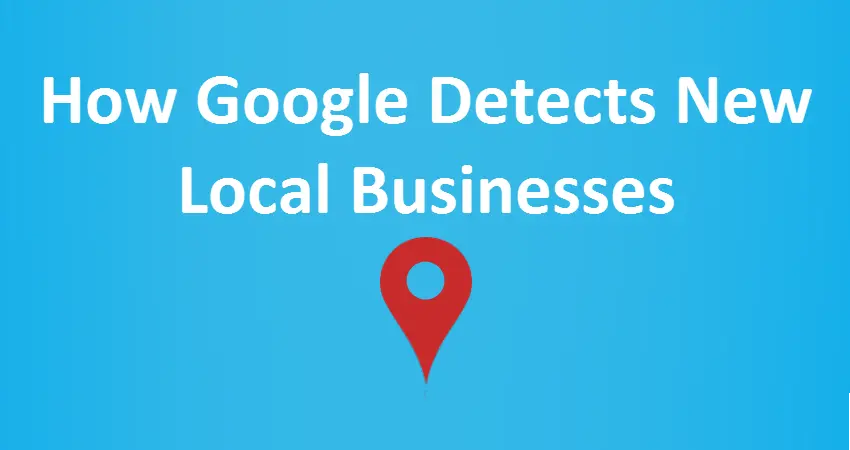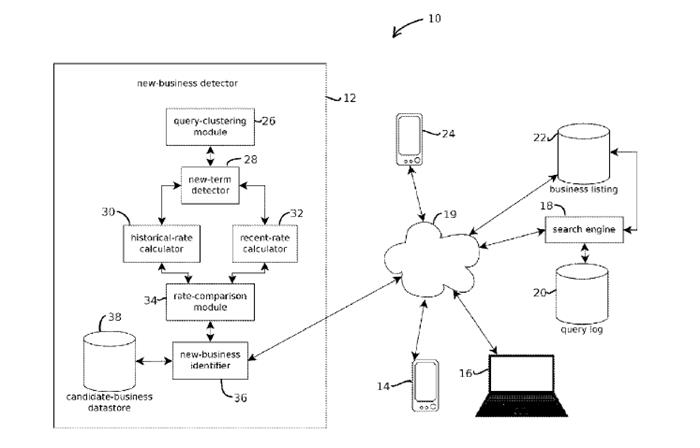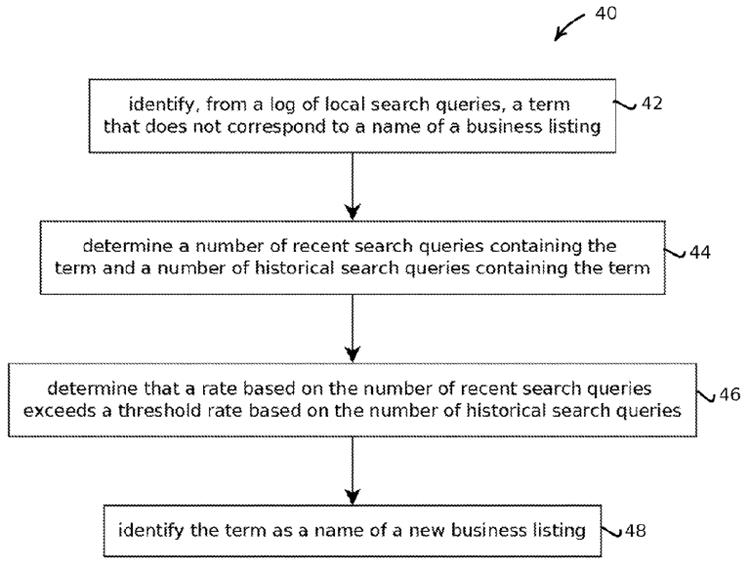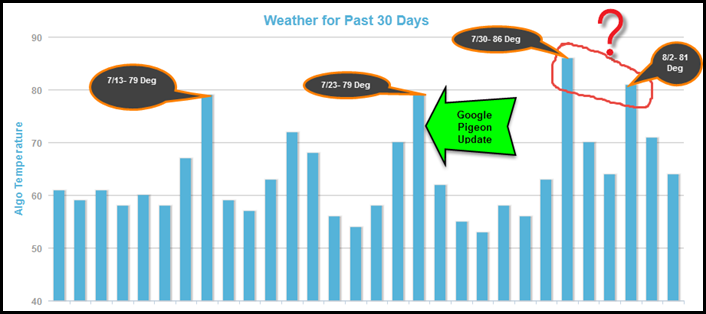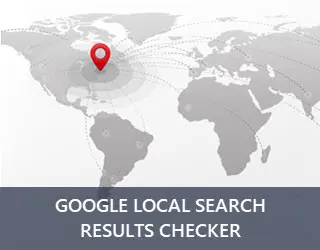How Google Detects New Local Businesses
Posted On : January 29th, 2016 By : Dillip Kumar Mohanty To : Google PatentsDifferent studies on local search have indicated that local searches have higher probability to convert into an action like purchase or availing services etc. So, when it comes to local search, one thing is clear; users are more serious and they need authentic data.
That’s why Google has been improving its local search algorithm and making frequent updates in it to give better search results by showing relevant & authentic local businesses nearest to the location. Pigeon update is considered to be a major change in local algorithm.
In local search, finding new businesses & showing it to users is really challenging. Generally such businesses have unique offers for their customers at the beginning. Whenever people hear about any businesses and their offers, they want to have a quick overview through the web. Google recognizes this psychology and has improvised different methods to collect data about new businesses.
Methodology Of Finding New Businesses:
Normally Google uses multiple methods to find new local businesses & index them to provide in its search results. Some techniques are listed here:
- By visiting the website of the new business through links appeared in other sites.
- By visiting the business page listing in local directories.
- Business added in Google My Business.
- By collecting data about new business from social media.
Apart from the above and similar techniques, Google has developed a new one; from query terms.
Strange, isn’t it?
Actually Google has filed one patent “Detecting New Businesses With Unrecognized Query Terms” on Feb. 26, 2013 which has been granted last month.
Patent Information:
Title: Detecting New Businesses With Unrecognized Query Terms
Patent No.: US 9,218,420
Date: Dec. 22, 2015
Inventor: Bruce Winston Murphy
Assignee: Google Inc.
Identifying New Businesses Through Search Query Terms:
New business names can be found out from unrecognised terms occurring in search queries submitted by users. The unrecognised terms could be either misspellings or new business name.
So, How Google Differentiates Misspellings and New Businesses Name?
Normally the tendency of misspellings by users is constant in frequency over time whereas new business names have higher occurrences on search queries. So, both could be differentiated by creating a baseline for unrecognised terms. If a term has occurrences in search query more than the baseline, then the new term could be considered as a new business name. Once filtered, the new term & its associated data like search location, Zip code etc. are sent to Google reviewers for manual verification about the new business.
To achieve this, Google has added a new business detector section in its algorithm which will work basically to filter new local businesses from local search queries. It consists of:
- Query Clustering Module: Obtains query records from query log and groups the query record by geographic location.
- New Term Detector: Identifies new unrecognised query terms received from the query clustering module. Its output is fed to both historical & recent rate calculator.
- Historical Rate Calculator: It calculates the occurrences of new search term over a long time span.
- Recent Rate Calculator: It calculates the occurrences of new search term over a short trailing duration from the current time.
- Rate Comparison Module: It compares the outputs of both the above calculators to identify instances in which the recent rate of usage of an unrecognised term exceeds a threshold rate. When the new term exceeds the threshold limit, the new term is submitted to the new business identifier along with a confidence score based on the amount by which the recent rate exceeds the threshold.
- New Business Identifier: It identifies the new business term as the name of the new business and either stores it in the candidate business data store or in the business listings.
- Candidate Business Data Store: New business name term is stored in it for further verification.
The Whole Process:
- Identifying, from a log of local search queries, a term that doesn’t correspond to a name of a business listing
- Determining a number of recent search queries combining the terms & and a number of historical search queries containing the term
- Determining that a rate based on the number of recent search queries exceeds a threshold rate based on the number of historical search queries; and identifying the term as a name of a new business listing.
The flow chart as per the patent is shown below.
Whether Google is already implementing this method in its existing local algorithm or not is not clear. But one thing is for sure, Google is giving equal importance to newer businesses like that for existing ones. Also, it is worth mentioning that Google is using users’ behaviour and search queries to extract new information so as to develop their algorithm aiming to provide better UX through its SERPs.
- Suvaance 10th Anniversary Celebration - June 8, 2022
- Video Optimization For Google Search: Everything You Need To Know - April 6, 2022
- Impact of Reviews on Ranking & How to Deal with Negative Reviews? - November 7, 2021

